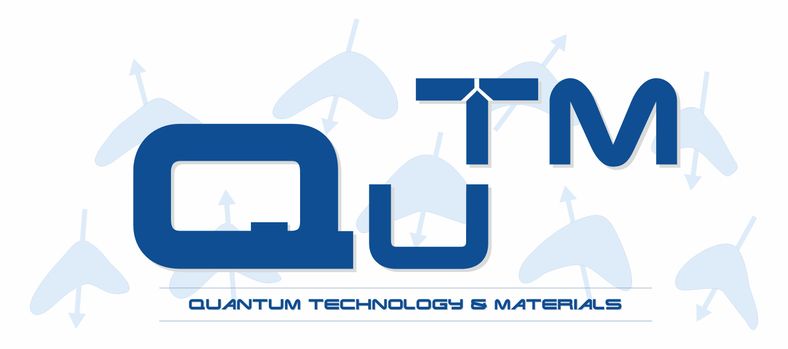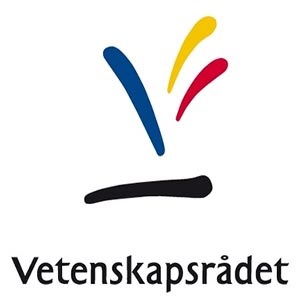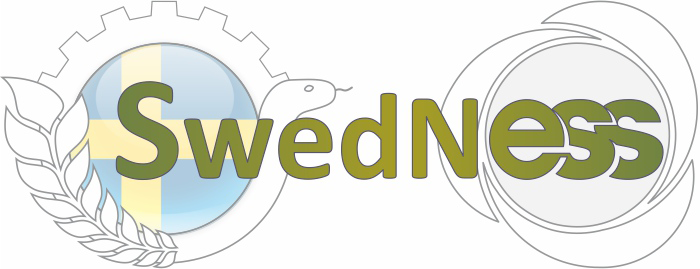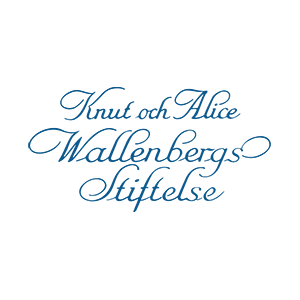Yasmine Sassa
Associate professor
Researcher
About me

My research mainly focuses on quantum materials, where the correlations of electronic spin and charge, coupled to orbital and lattice degrees of freedom give rise to exotic and fascinating phenomena. Unconventional superconductivity, magnetism, and topological invariants are three examples out of many. In general, quantum materials are far from being fully understood and they cannot be described within semiclassical approaches. Their complexity and degrees of entanglement result in rich phase diagrams, requiring a multidisciplinary approach to figure out their fundamental mechanisms. Since most quantum materials have great potential for future technological applications (e.g., spintronic devices, quantum computing), they also connect two communities at the frontiers of physics, materials science and engineering. In the last 15 years, this research field is constantly developing with a rapid increase in the number of scientific publications.
Based on my expertise, I have formed and lead a distinctive research group, the Quantum Technologies and Materials group (QuTM) since 2019. My group explores the fundamental properties of several classes of quantum materials ranging from two-dimensional materials to superconductors and related compounds, to low-dimensional magnetic systems. Our main goal is to accomplish a deeper understanding on these materials to be able, one day, to successfully implement them in technological devices and real-life applications. In that regard, we are tackling specific research questions and using complementary methodologies to answer them. For example, in high- temperature superconductivity (HTSC), one essential research question we are addressing is what role charge modulations play in superconductivity. To answer this question, we combine state-of-the-art angle- resolved photoelectron spectroscopy (ARPES) and resonant inelastic X-ray scattering (RIXS), where we can study in great detail the electronic band structure and follow the electronic and magnetic excitations in the entire phase diagram. Another example is the study of magnetic materials such as van der Waals magnets or topological spin structures (e.g., magnetic skyrmions). Because of spin frustrations, these materials exhibit intriguing magnetic properties that can be tuned and made suitable for future devices. Here, we use both the muon spin relaxation ( μ+SR) and neutron scattering (INS) techniques, where we probe magnetic, structural, and ion diffusion properties at different time and length scales.
Interested to join the QuTM group? Please do not hesitate to contact us!
Our research is supported by



Courses
Electromagnetism and Waves (SK1115), assistant | Course web
Experimental Physics (SK1105), teacher | Course web